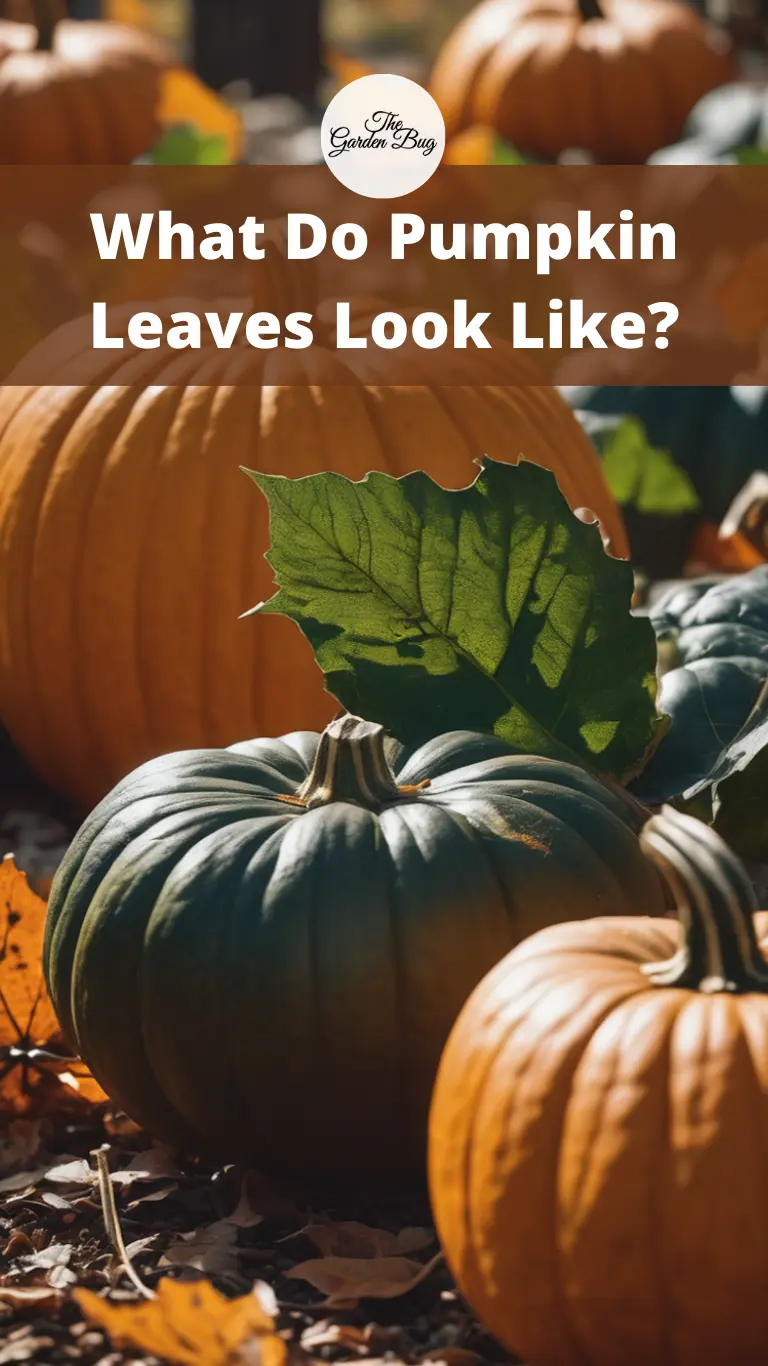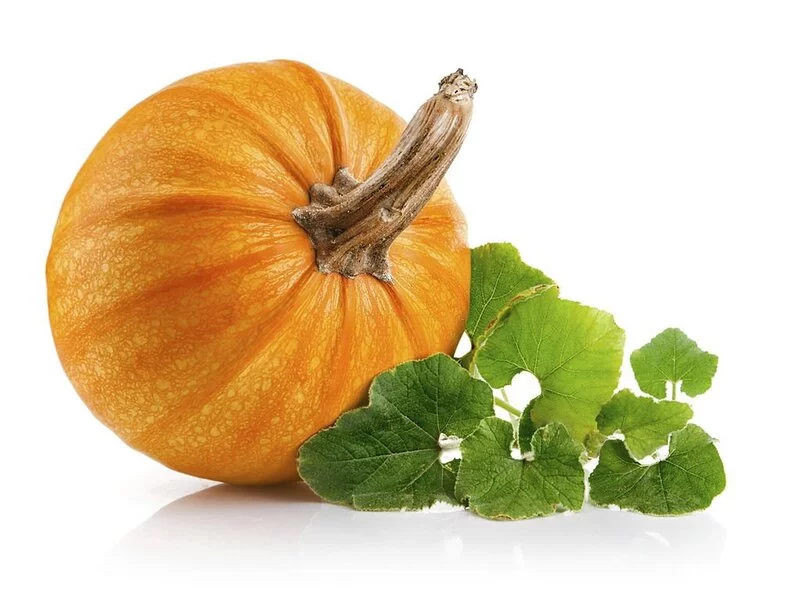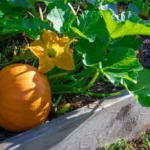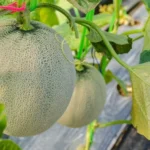Welcome to the wonderful world of pumpkin growing! Whether you’re a novice gardener trying your hand at growing this popular fall staple, or a seasoned farmer looking to improve your pumpkin yield, understanding the anatomy of the plant is essential. And where better to start than with the plant’s powerhouse, its leaves? So, let’s dive in and discover what exactly pumpkin leaves look like.
- Contents – This mixture of seeds includes more than 7 varieties of Pumpkins. A blend of Jack O’ Lantern, Blue Jarrahdale, Atlantic Giant, Fairytale, Small Sugar, Jack Be Little, Cumshaw Green Striped, Connecticut Fields, Cinderella, Howden & more!
- Harvest – The different varieties of pumpkins grown from this seed mixture will be ready for harvesting from 90 days to 125 days. Placing straw underneath the fruits as they mature can prevent rot.
- Note – Take note that larger seeds grow larger varieties of Pumpkins and smaller grow medium to miniature sized pumpkins. Smaller seeds produce shorter harvesting dates and vice versa.
- Quality – All Pumpkin seeds packaged by Seed Needs are intended for the current and the following growing seasons. All seeds are stored in a temperature controlled facility that is free of significant amounts of moisture.
- Quantity – Seed Needs offers generous quantities. You can share with friends and family, or you can save the extra seeds until the following season, if properly stored.
Physical Characteristics of Pumpkin Leaves
Pumpkin leaves are quite distinct and easy to spot once you know what you’re looking for. Here’s a quick description:
- Size: The leaves of a pumpkin plant are typically large, often reaching a size of 12-14 inches in diameter—big enough to make quite a decent sun hat!
- Shape: Pumpkin leaves are broadly lobed with five to seven pointed, serrated sections, giving them a slightly star-like appearance.
- Color and Texture: They exhibit a vibrant, deep green color. Their texture is a bit coarse to the touch, and you’ll also notice a series of veins that run across the leaf surface, much like a road map.
The Role of Pumpkin Leaves in the Plant’s Growth
But pumpkin leaves are more than just showpieces; they play a crucial role in the plant’s growth. As the main photosynthesis machines, they’re responsible for converting sunlight, water, and carbon dioxide into the sugars that fuel the plant’s growth and pumpkin production.
Additionally, these leaves are central to the plant’s water management. On hot days, you might notice them wilting—a sign they’re conserving water—but don’t worry, they’ll perk up as the day cools.
Understanding the look and function of pumpkin leaves can not only help you identify your plant, but also help you spot any potential issues before they become serious. In the next section, we’ll see how pumpkin leaves compare to other squash plant leaves. Stay tuned!
Comparison of Pumpkin Leaves with Other Squash Plant Leaves
If you’re growing a variety of squash plants in your garden, you might notice some similarities. All squash plants, including pumpkins, belong to the same family – Cucurbitaceae. They all tend to have large, lobed leaves with a somewhat rough texture. The difference often comes down to the details: pumpkin leaves usually have deeper lobes and more pointed edges compared to, say, zucchini or butternut squash leaves, which tend to be slightly rounder.
Recognizing Common Issues Through Pumpkin Leaves
Now, this is important: your pumpkin leaves can tell you a lot about the health of your plant. Yellowing leaves can indicate overwatering or a lack of nutrients. If you notice spots or a powdery substance, it could be a sign of fungal diseases, like powdery mildew or leaf blight. Insects like squash bugs or cucumber beetles can also target leaves, leaving them with visible damage. Recognizing these signs early can help you save your pumpkin patch!
Conclusion
From their iconic lobed shape to their deep green hue, pumpkin leaves are both distinctive and crucial to the health and productivity of the plant. They’re not just about looks; they’re workhorses, powering your pumpkin plants to give you that bountiful harvest you’re dreaming of. So next time you’re in the garden, give those leaves the recognition they deserve!
FAQs
- Can you eat pumpkin leaves? Yes! They are edible and are a common ingredient in many cuisines.
- Why are my pumpkin leaves turning yellow? It could be due to overwatering, lack of nutrients, or a disease. It’s best to check the plant’s overall health and the soil conditions.
- What’s eating my pumpkin leaves? Several pests love pumpkin leaves, including squash bugs, cucumber beetles, and slugs.
- How can I protect my pumpkin leaves from diseases and pests? Regular monitoring, good watering practices, crop rotation, and using organic or chemical pest controls can help protect your pumpkin leaves.





